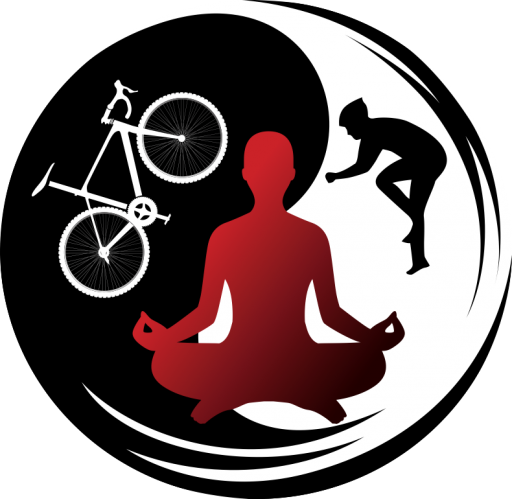1: Cycling should be enjoyable for everyone — regardless of size, shape, weight, objective, experience — and that proper bike-fit is integral to that objective. My work with professional cyclists is no more rewarding than resolving a long-standing knee issue for someone who rides 1-2x per month.
2: The outcome should exceed a client’s expectations and extend beyond changes that simply make a bad position, less-bad. Any improvement to a bad position is “great”, subjectively, which is probably why everyone has a favorite fitter, and he/she is “the best”. Optimal positioning occurs numeous iterations beyond any fit-system, protocol or static outcome.
3. A “positive outcome” should be guaranteed. If your fitter is really “the best”, he/she should be able to resolve all “bike-specific” issues — or refer to someone who can. The problem with this formula is that shops/fitters are typically unwilling to buy and sell product for fitting without profit. For example, I carry the entire line of Specialized saddles because they work — I buy them retail and sell them retail. So when companies like Trek say that the entire fit revolves around saddle pressure mapping, I wonder what would happen if Trek manufactured better saddles.
4. A client should be fit on his or her bicycle. Fit-Bikes are great for determining proper bike size, but not appropriate for bike fitting. Ride characteristics differ significantly from an actual bicycle — similar to how ride quality varies between indoor training and going outside. I was involved with the engineering of an automated fit-bike (Biobike), that never came to market because we realized different outcomes between conditions: fit-bike vs. client’s bike. And no fit is complete before a client has the opportunity to “test” his/her new position for a few weeks riding outside.
5. Technology is no substitute for Experience. I designed the first integrated 3d & sEMG bike-fit program for BTS Bioengineering, developed online fit-calculators, use Dartfish, Quintic (and other video analysis software) with 120fps HD cameras, lasers, reflective stickers, etc. In my experience the clearest lens for motion analysis is a good set of eyes, ears, hands and humility.
6. Video Analysis, Subjective Experience and Pressure Mapping are poor substitutes for a solid education in biomechanics and ongoing research in bike-related kinetics.
Joint angles demonstrate the most base component of kinematic analysis, because these data do not reflect the underlying mechanisms and constraints of movement — muscles, pedal-reaction forces, connective tissue, bone morphology, joint integrity, etc. — are moving these joints.
Subjective experience is biased as a component of historical perspective and homeostasis. Take someone who is accustomed to a very high saddle position. They will subjectively feel “best” at that setting as a function of familiarity — even if it is outside the range of optimal function.
Pressure Mapping is helpful in the context of fitting, but should not guide the entire process. A “good” map does not guarantee saddle comfort or optimal center of gravity, and wedging/shimming the foot-pedal interface for pelvic symmetry can introduce problems in the kinetic chain.
